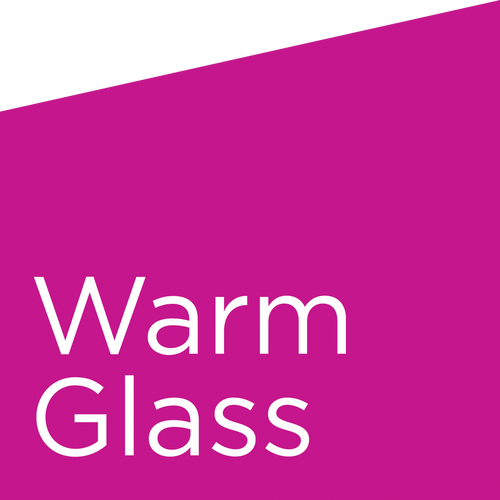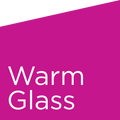Bullseye Glass Confetti: Pink Opal 0301
This colour matures to a pink upon firing. It is more of a purple pink compared to Petal Pink which maintains a brighter colour after firing.
This glass style requires a longer initial hold time during firing to reach the target colour - please see the working notes below.
£12.25 ex. VAT
Product Details
Product Information
These paper-thin shards of glass can be fused over or between sheets - to provide random shapes and patterns or used for shading and other types of colour blending. Confetti enables you to create a massive variety of eye-catching and unique patterns within your glass work design.
Working Note
All our glass is COE90, Bullseye Glass compatible and suitable for applications such as glass fusing, glass casting and glass slumping (unless otherwise stated in the description).


